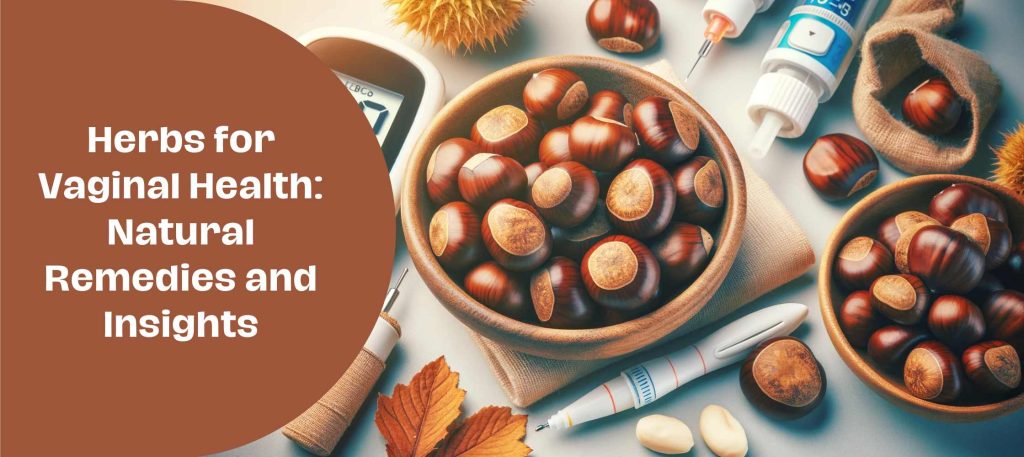|
Getting your Trinity Audio player ready...
|

Imagine this: It’s a crisp autumn evening. The leaves are turning, and there’s a slight chill in the air. You’re walking through a bustling market, and the sweet, earthy aroma of roasted chestnuts fills the air. It’s tempting, isn’t it?
Now, if you’re someone managing diabetes, you might wonder, “Can I enjoy these delightful nuts without worrying about my blood sugar?” Well, let’s unravel this mystery together in our journey through the world of chestnuts and diabetes.
Understanding Diabetes
Diabetes, a condition affecting millions in the U.S., is often a balancing act, particularly when it comes to diet. With Type 1 and Type 2 diabetes, the body struggles to manage blood sugar levels effectively. An essential aspect of this management is understanding the glycemic index (GI) of foods.
The GI measures how quickly food raises blood sugar levels – the lower the GI, the better it is for maintaining steady blood sugar levels. Let’s keep this in mind as we explore the role of chestnuts in a diabetic diet.
Nutritional Profile of Chestnuts
Contrary to what many think, chestnuts aren’t just holiday treats. These nuts, native to Asia, Europe, and North America, have a unique nutritional profile that sets them apart in the nut family. Unlike their higher-fat cousins, chestnuts are low in fat and calories but rich in dietary fiber.
According to the United States Department of Agriculture (USDA), 100 grams of raw chestnuts contain approximately 173 calories, 28 grams of carbohydrates, and 3 grams of fiber. They are also packed with essential nutrients like vitamin C, folate, and potassium, crucial for overall health, especially for those managing diabetes.
Chestnuts and Blood Sugar Control
Here’s where it gets interesting for diabetics. Despite their carbohydrate content, chestnuts have a relatively low GI, ranging from 54 to 60, depending on the type. This means they do not cause rapid spikes in blood sugar levels. The carbohydrates in chestnuts are complex, taking longer to digest and therefore, helping in maintaining steady blood sugar levels. Research also suggests that the fiber in chestnuts, particularly soluble fiber, can help in slowing sugar absorption, further preventing blood sugar spikes.
Moreover, the antioxidants in chestnuts, like gallic acid and ellagic acid, play a role in protecting cells from damage and may improve insulin sensitivity, making cells more responsive to insulin. These properties could be particularly beneficial for those with Type-2 diabetes, offering a natural way to manage blood sugar levels.
Benefits of Chestnuts for Diabetics
Let’s dive into the heart of our nutty tale – the benefits of chestnuts for those with diabetes. Picture this: you’re at a family gathering, and everyone’s enjoying a variety of snacks. You, with your health in mind, reach for a handful of chestnuts. Why? Because these little gems are not just tasty but also packed with benefits for managing your diabetes.
Firstly, chestnuts are high in dietary fiber, a real superhero in the world of blood sugar control. Fiber slows down the digestion process, preventing those dreaded spikes in blood sugar levels. Imagine fiber as a gentle guard, ensuring that sugar enters your bloodstream at a slow and steady pace, rather than all at once.
Moreover, chestnuts are brimming with antioxidants. Think of antioxidants as your body’s personal little warriors, fighting off the damage caused by high blood sugar levels. This is crucial for diabetics, as oxidative stress can be a real troublemaker, leading to complications.
Potential Risks and Considerations
Now, let’s not get carried away by the chestnut’s charm without considering a few cautionary notes. As with all foods, moderation is key. Despite their benefits, chestnuts are still a source of carbohydrates. Overindulgence could lead to an increase in blood sugar levels, especially if you’re not keeping an eye on portion sizes.
Here’s a practical tip: try pairing chestnuts with a source of protein or healthy fat. This can help further slow down the absorption of carbohydrates, making blood sugar management easier.
Also, if you’re trying chestnuts for the first time, keep an eye on how your body reacts. Everyone’s diabetes management is unique, and what works for one person may not work for another.
Conclusion
As we come to the end of our chestnut journey, it’s clear that these nuts can be a delightful and nutritious addition to a diabetic diet. They’re not just a holiday treat but a year-round ally in managing blood sugar levels. Remember, the key to incorporating chestnuts into your diet is balance and moderation.
But don’t just take my word for it. Try adding some chestnuts to your diet and see how your body responds. Keep in mind, though, always to consult with your healthcare provider before making any significant changes to your diet.
So, next time you pass by those roasted chestnuts at the market, you can smile, knowing that these little nuts are not just a treat, but a friend to your health. Happy snacking, and remember, managing diabetes doesn’t mean missing out on the good stuff!
- Is Chobani Healthy? Benefits and Comparisons - April 22, 2024
- Fatty15 Supplement Review – Benefits, Safety, and User Insights - March 22, 2024
- Dime Beauty Reviews – Honest Insights for Radiant Skin - March 20, 2024
